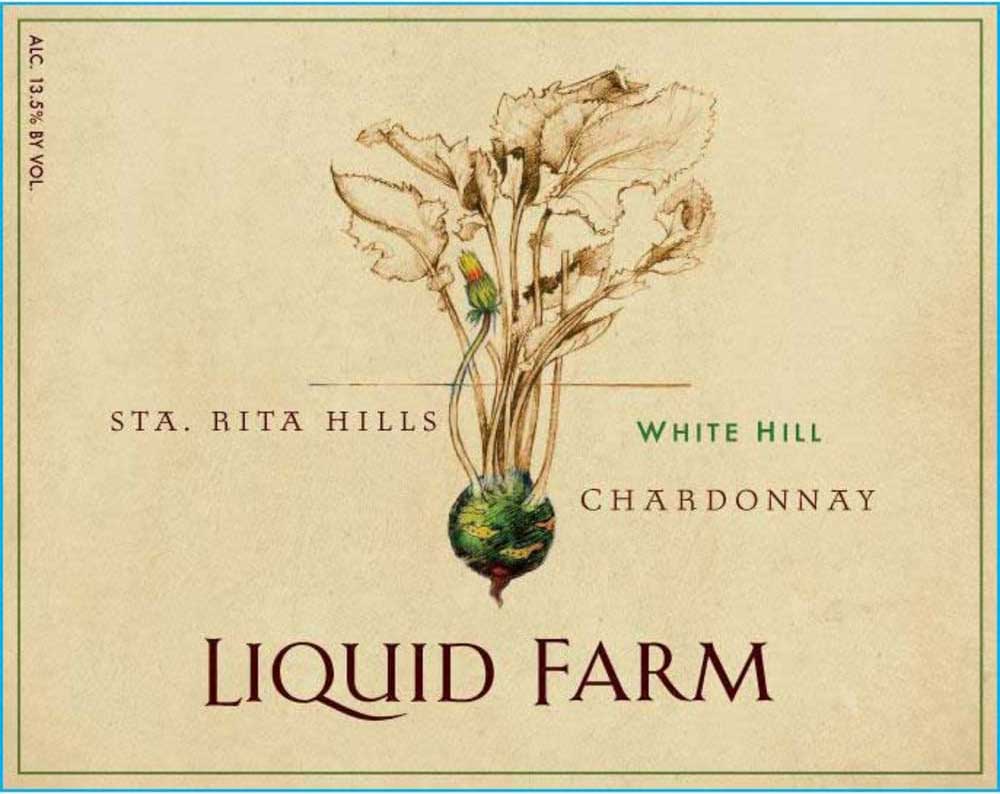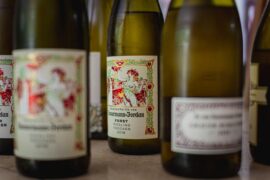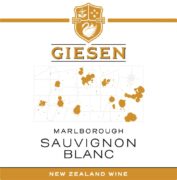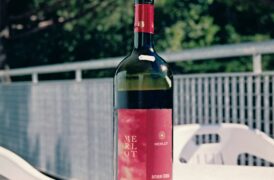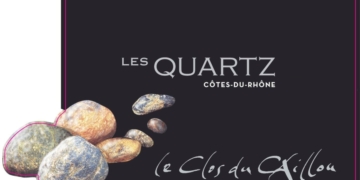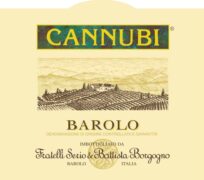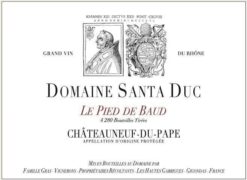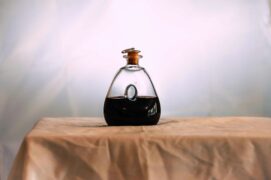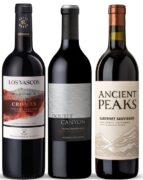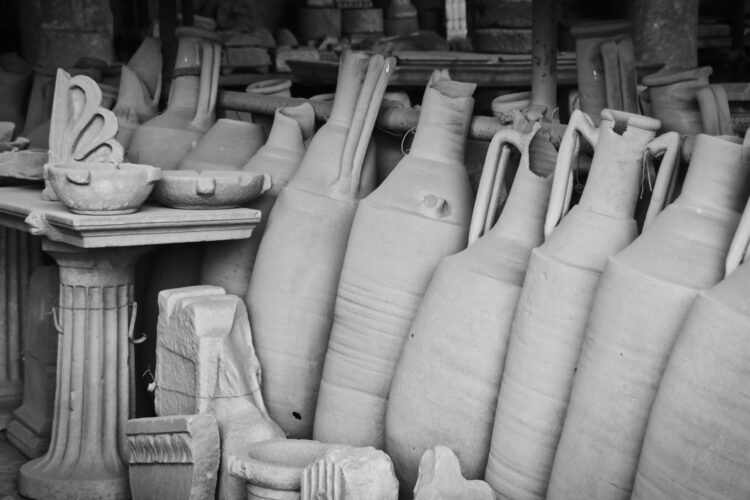Researchers have identified the oldest liquid wine ever discovered, preserved for nearly 2,000 years in a Roman tomb in southern Spain. The discovery was made in the ancient city of Carmona, near Seville, where archaeologists unearthed a Roman necropolis dating back to the 1st century AD.
The site, remarkably well-preserved and undisturbed, appears to have been a family mausoleum in the Roman town of Carmo, part of the province of Hispania Baetica. Within the necropolis, six niches, or “loculi,” housed cremation urns, each containing various grave goods. However, the urn in one niche, labeled “L-8,” contained something extraordinary: a glass jar filled with about five liters of a reddish liquid.
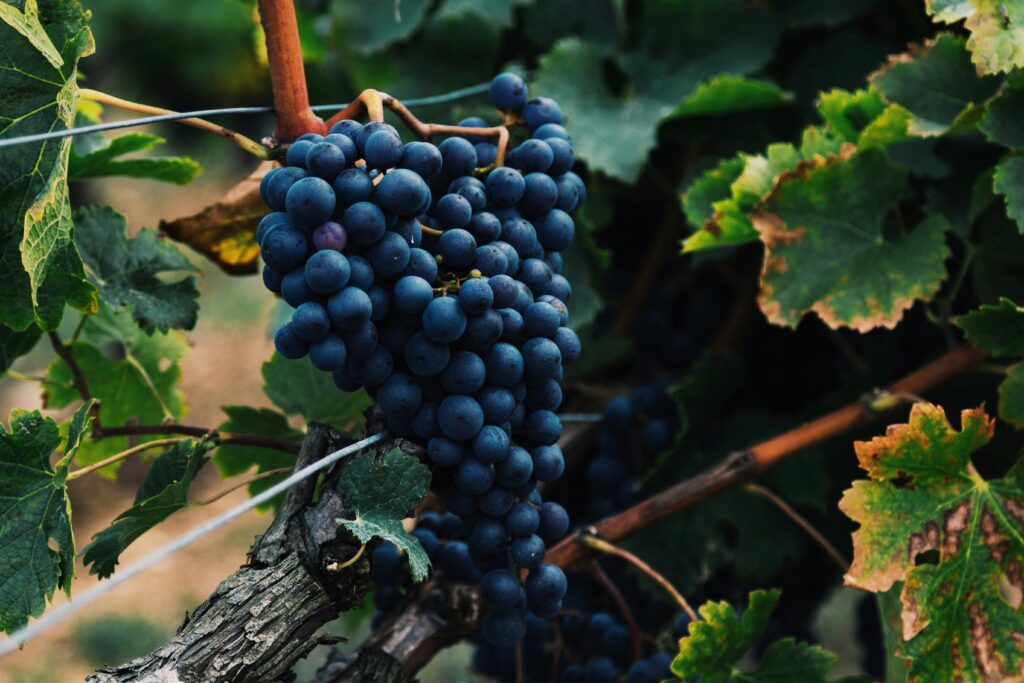
Inside this lead urn, known as an “olla ossuaria,” along with cremated bones and a gold ring depicting the god Janus, researchers found the preserved liquid. Using advanced techniques like plasma mass spectrometry, they confirmed the liquid was indeed wine, making it the oldest liquid wine ever recorded.
The discovery aligns with Roman burial rituals, which often involved the use of wine. The researchers believe the urn was filled with wine as part of a libation ritual during the burial ceremony, intended to aid the deceased’s transition to the afterlife.
This find surpasses a previous discovery in Speyer, Germany, where a glass jar thought to contain Roman wine was found in 1867. However, that liquid has never been chemically analyzed, making the Carmona find the first ancient wine studied in liquid form.
The wine’s chemical analysis revealed seven types of polyphenols, matching those found in modern wines from Andalusia, specifically in the Fino and Manzanilla styles made in Montilla-Moriles and Sanlúcar de Barrameda. Despite the liquid’s pH having degraded to a neutral 7.5 over the millennia, the analysis confirmed it was originally a white wine, now discolored due to severe oxidation.
Although the liquid is non-toxic, Dr. José Rafael Ruiz Arrebola, who led the analysis, expressed concerns about tasting it, given its long contact with human remains. The exact flavor of this ancient wine remains a mystery, lost to time along with the secrets of its makers.



